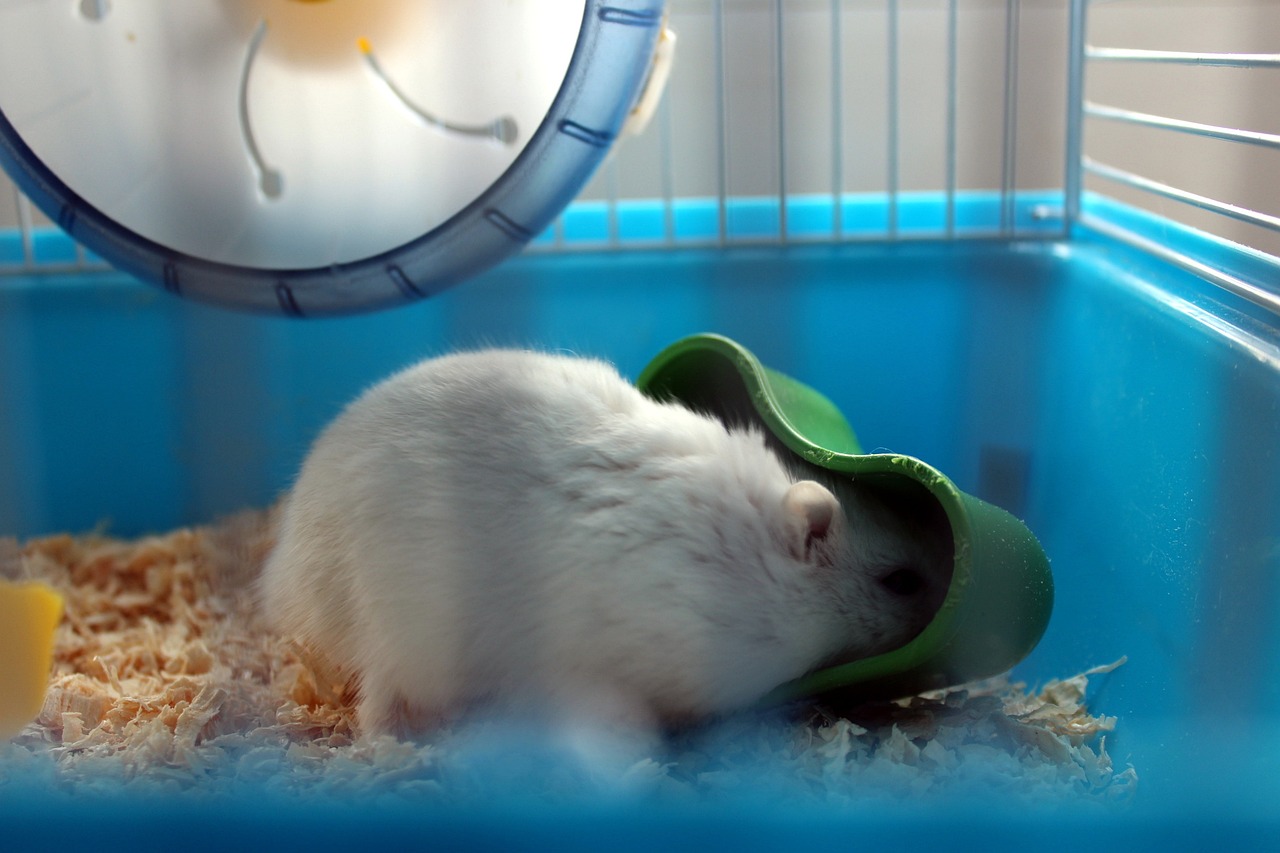How to keep a hedgehog, even though they are cute and have spines.

Hedgehogs have become increasingly popular in recent years for their charm and form.
On the other hand, not many people know how to keep hedgehogs.
In this article, we will learn how to keep hedgehogs.
Basic hedgehog care
The basic care of hedgehogs includes the following
Nail clippings:.
Hedgehog nails need to be checked and clipped regularly, as they can cause injury if they grow too long.
When clipping the nails, cut only the tip that does not have blood vessels running through it, little by little, as the blood vessels can be seen.
Another method is to place the nail on a wire mesh and cut the toenail that comes out of the mesh, but be careful not to let it fall out.
Keep clean:.
It is important to keep hedgehogs clean, as a dirty body can cause skin diseases.
When soiled, clean them by wiping them with a wet towel or wet wipes, or by giving them a footbath in warm water.
These care procedures are important to maintain the health of your hedgehog. Nail clipping, in particular, must be done carefully by the owner, as hedgehogs are not able to do this by themselves. Keeping them clean also helps prevent skin diseases. Hedgehogs are sensitive animals, so it is important to take careful care of them on a daily basis.
How to keep a hedgehog
- cage and environment
Cage size: The cage should be at least 60cm x 45cm. A spacious cage will help reduce stress for the hedgehog.
Flooring: Flooring is a must, corn litter, hardwood mats, pet sheets, etc. are suitable.
Environment: The cage should be placed in a quiet, well-lit area and kept in good hygienic conditions. 2.
- exercise and play
Exercise: Place a spinning wheel in the cage so that the hedgehog gets plenty of exercise.
Play: Hedgehogs like to play by themselves, so we can use foraging to provide them with exercise and satisfy their curiosity. 3.
- diet
Staple food: A nutritional food specially formulated for hedgehogs and fed according to the package directions.
Snacks: High protein foods such as whiskers, boiled eggs, cheese, etc. can be given as snacks, but in moderation.
- building trust
Getting used to them: Hedgehogs are very cautious, so it is important to slowly close the distance between you and your hedgehog to build trust.
Handling when wary: When a hedgehog is holding up its stinger, it is a signal that it is wary, so do not touch it.
- health management
Daily checks: It is important to monitor the health of your hedgehog on a daily basis and take prompt action if any abnormalities are found.
Based on these points, it is important to adopt a husbandry method that suits the hedgehog’s characteristics and needs. Hedgehogs are delicate animals and should be cared for with love and care.
Breeding environment for hedgehogs
Cage
Size: The cage should be at least 60cm x 45cm in size and at least 30cm high. This will provide the hedgehog with space to move around freely.
Materials: Cages can be made of wire mesh, acrylic, or glass. Acrylic cages are transparent and retain heat well, but they are not breathable and need to be protected from the heat in the summer. Wire mesh cages offer good ventilation, but have the disadvantage of being easily soiled.
Flooring materials
Type: The flooring material is important to prevent excrement from sticking to the hedgehog’s body. Corn litter, hardwood mats, and pet sheets are suitable.
Note: Softwood flooring should not be used as it can cause allergic reactions in hedgehogs.
Temperature and humidity
Temperature control: Hedgehogs are sensitive to cold, so it is important to maintain an appropriate temperature during the winter months by using heaters.
Humidity Control: Maintaining proper humidity is also important. Excessively wet or dry environments should be avoided.
Safety
Safe location: The cage should be placed in a quiet, well-lit area, out of direct sunlight.
Escape prevention: Make sure that the cage door and openings are securely closed to prevent the hedgehog from escaping.
Cleanliness
Hygiene: To protect the hedgehog’s health, the cage and flooring should be cleaned regularly to keep it clean.
It is important to consider these points to create a comfortable environment for your hedgehog. Hedgehogs are sensitive animals, so always try to care for their needs.
Hedgehog diet
The following are some key points about the hedgehog’s diet:
Staple food
Hedgehog-specific nutritional food: In the wild, hedgehogs eat mainly insects, but when kept in captivity, a hedgehog-specific nutritional food should be prepared. This will provide them with a good balance of the nutrients they need.
Feeding amount: Feed once or twice a day in the amounts indicated on the package.
Snacks
Proteins: Proteins such as whiskers, boiled eggs, and cheese can be given as snacks, but should only be given when the animal has a poor appetite, as they are high in calories.
Cautions
Do not overfeed: Excessive feeding can lead to obesity and health problems, so be careful how much to feed.
Food variety: Hedgehogs are picky eaters and may not eat new food if their usual food becomes unavailable due to a disaster, so it is a good idea to mix several different types of food on a regular basis.
The management of a hedgehog’s diet has a direct impact on their health and well-being. It is important to provide a balanced diet and adhere to appropriate portions. It is also recommended that you consult your veterinarian if you have special needs, as hedgehog diets may vary depending on the environment in which they are kept and the health of the individual.
Trusting Hedgehogs
In order to build a trusting relationship with your hedgehog, it is important to pay attention to the following points
- take time
It takes time to get used to them: hedgehogs are very cautious animals. It takes time for them to get used to their new environment and owners. It is important to take your time and treat them slowly.
- gentle contact
Do not touch when wary: When a hedgehog is holding up its stinger, it is a signal that it is wary. Do not touch it and wait until it calms down.
Use gloves: It is safer to hold the hedgehog with gloves on, even when it is not in needles. 3.
- communication
Understand their cries: Hedgehogs sometimes express their emotions through their cries. When they are in a good mood, they will “hum” or “beep” and when they are angry, they will make an alarming “whoosh-whoosh-whoosh” or “sizzle-sizzle” sound.
- providing a safe environment
Safe environment: Providing a safe environment for your hedgehog is the key to building a trusting relationship. Provide a hiding spot and a quiet environment.
- consistent care
Daily care: Build trust through regular and appropriate care. It is important to be gentle with them when feeding and caring for them.
Building trust with your hedgehog takes time and effort, but once they develop trust in you, the relationship will be very rewarding. Providing a secure environment and being patient are key.






